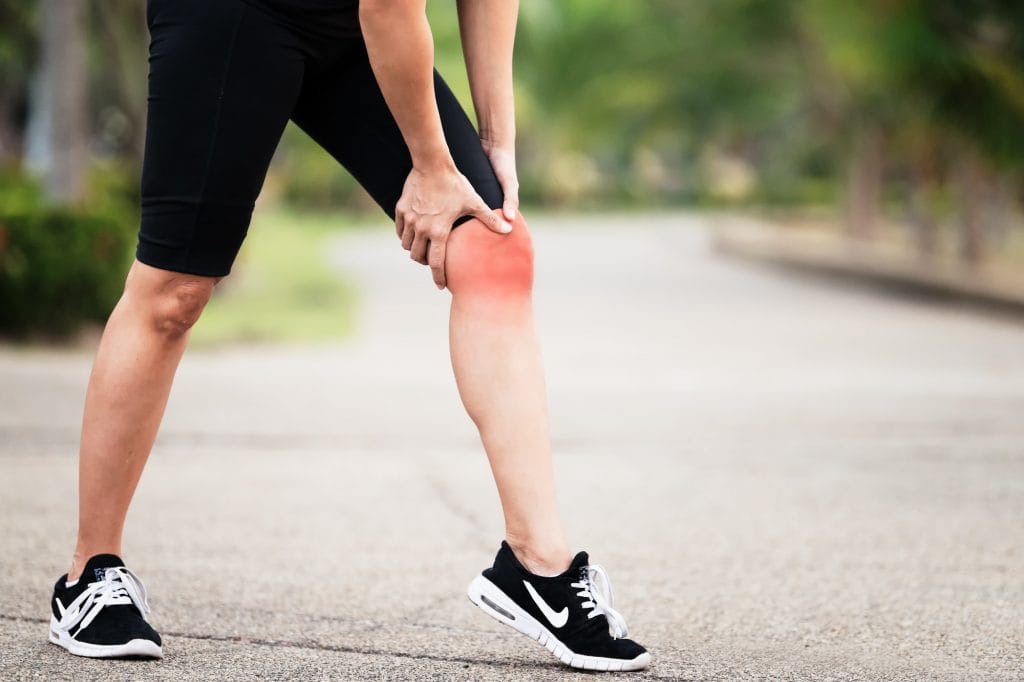In the US, about 100,000 to 200,000 ACLs are ruptured each year.
One of the most devastating experiences athletes endure is tearing a ligament. Ligaments are a bit different than muscles and bones. Their main purpose is to support various structures in your body and give you mobility. Athletes participating in football, volleyball, soccer, basketball, cheerleading, wrestling, dance, hockey, and skiing are more likely to tear their ACLs.
If you or someone you love plays one of the above sports, you must know how to spot a torn ACL. Early treatment ensures it heals well. Rather than shutting the athlete down for months, the treatment includes a surgical option that allows the athlete to get back in action faster.
This article will discuss the top signs of a torn ACL. Read on to discover more.
Popping Sound
A loud popping sound or sensation can occur when performing an activity or movement such as running, jumping, or pivoting. The sound indicates a complete tear, meaning that the ligament has fully ruptured or that the ligament’s fibers have separated from one another. A popping sound may also indicate a partial ACL tear, meaning that some of the fibers of the ACL remain intact and the tear is less severe than a complete tear.
Treatment involves reconstruction orthopedic surgery followed by rehabilitation. This ACL surgery repairs or reconstructs the ligament and may include tissue grafting from a donor, such as a corpse or the patient.
Depending on the severity of the injury, you may have the surgery arthroscopically or with an open procedure. Post-surgery physical therapy is essential to rebuild strength and stability in the affected knee.
Pain
Pain can range from mild discomfort to intense and debilitating. It occurs after a person jumps, pivots, stops or changes direction while participating in physical activity.
There will be a sharp pain at the site of the injury, accompanied by a burning, radiating sensation. You can also feel pain in the knee when walking, running, and climbing stairs. In some cases, the ankle, hip, and lower back may also experience increased pain.
Swelling
It is one of the most common symptoms in joint post-injury. Swelling manifests as a feeling of tightness in the joint due to the collection of excess fluid and can be painful when bearing weight. It also appears quickly and is worse in the first few days, diminishing over time.
Instability
People with ACL injuries may feel their knees give out or shift around as they walk, which can signify a compromise in the ligament. Related symptoms of instability include feeling like their knee cannot bear weight or shifting out of joint when placing pressure on it. Instability might also be associated with knee pain and a feeling of the knee being too loose or wobbly.
Prevent Serious Injuries by Knowing the Signs of a Torn ACL
Sports injuries are common to people engaged in sports or extreme physical activities. It would be best if you did not overlook the signs of a torn ACL. If you experience any of the signs listed above, it is recommended to get clinical advice as soon as possible.
Early diagnosis and treatment can help minimize recovery time and prevent future damage to the ACL. Act now and schedule an appointment with your doctor. You may require ACL reconstruction or surgery to have a full recovery.
Have this article helped you out? For more information check out the rest of our blog!







